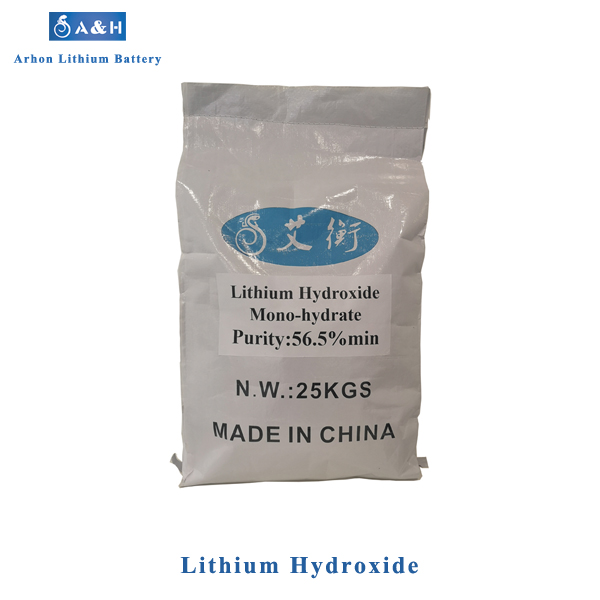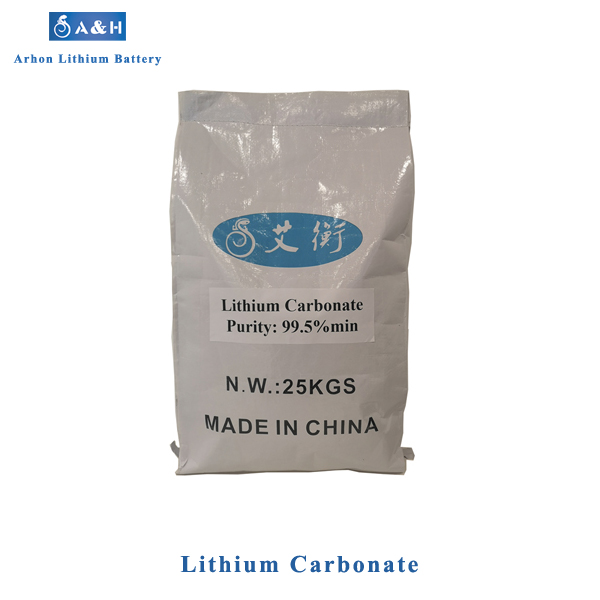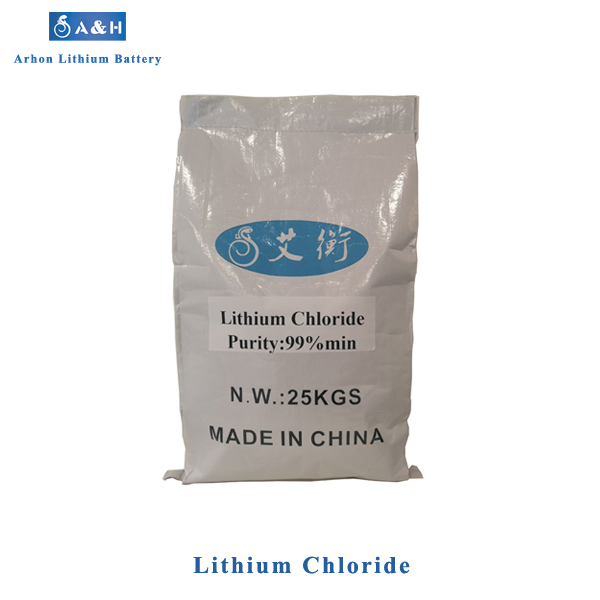The “soul” Material Of Lithium Batteries-lithium Hexafluorophosphate(LiPF6)
At present, there are two routes for lithium batteries, one is ternary lithium and the other is lithium iron phosphate. The production of both types of lithium batteries requires a large amount of electrolyte, and the main raw material of the electrolyte is lithium hexafluorophosphate.
Lithium ore is processed into lithium carbonate and lithium hydroxide, and lithium carbonate is used to make lithium fluoride, and then lithium hexafluorophosphate is produced. Lithium hydroxide is used to produce the cathode material for ternary lithium batteries.
The four key materials of lithium-ion batteries include cathode materials, anode materials, separators, and electrolytes.
Among them, the electrolyte transfers ions and ionic compounds between the positive and negative electrodes of the battery, and its performance directly determines the conductivity, capacity and output voltage of the lithium battery. Electrolyte is generally prepared by high-purity organic solvents, solutes and a small amount of additives in a certain proportion.
Lithium hexafluorophosphate is the most important component of the electrolyte cost, accounting for about 43% of the total electrolyte cost. The technical threshold for the production of lithium hexafluorophosphate is relatively high, especially for the production of high-purity crystal lithium hexafluorophosphate. It can be said that as a cutting-edge material in the lithium battery industry, lithium hexafluorophosphate is worthy of the name of the soul of the electrolyte. As an electrolyte material, it has good overall performance, but the disadvantage is that it has poor thermal stability and is easy to deliquesce, so it needs to be stored at low temperature and isolated from the air.
Lithium is the lightest alkali metal element and the metal element with the smallest molar mass. It is also the metal element with the lowest redox potential, the highest mass energy density, and the highest electrochemical equivalent. These characteristics determine that lithium is a high specific energy electrode material. ; Fluorine is the most electronegative and most active element among non-metallic elements in nature, and it is also the element with the highest standard electrode potential. Fluorine and lithium combine to form an electrochemical reversible battery with a maximum potential of 5.93V and the highest specific energy of the battery. At the same time, the radius of the two elements of lithium and fluorine is extremely small, which is suitable for the electrode material of lithium batteries. In addition, the associative ability of hexafluorophosphate is poor, so the conductivity of its electrolyte is higher, which is higher than that of general inorganic lithium salts. Lithium hexafluorophosphate has strong electrochemical stability. The cathode has a stable voltage of 5.1V, which is much higher than the 4.2V required by lithium-ion batteries. It does not corrode the current collector, and its overall performance is stronger than other lithium salts.
Batteries are the heart of new energy vehicles. The key materials of lithium batteries, such as anode and cathode materials, separators, and electrolyte, each have a profound impact on the development of lithium battery technology. As the most basic material for electrolyte production, lithium hexafluorophosphate is easily overlooked, but its particle size distribution and impurity content restrict the development of lithium batteries, especially for impurity content, such as sodium, potassium, iron and other metal elements, as well as sulfate and nitrate. Etc. are required to be less than one hundred thousandth (quality score).



